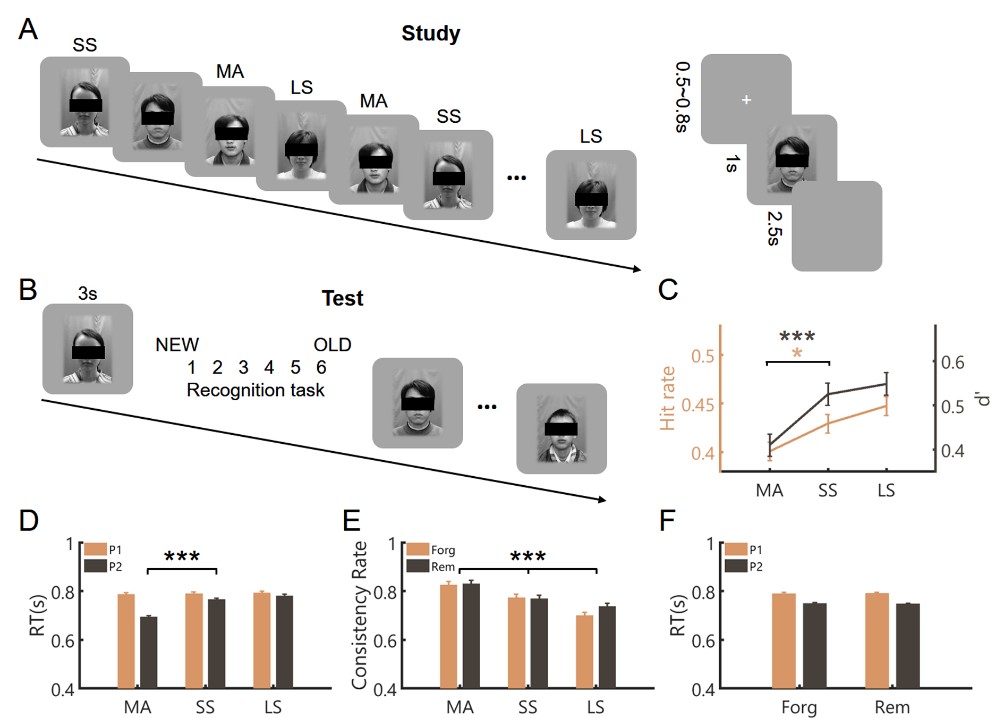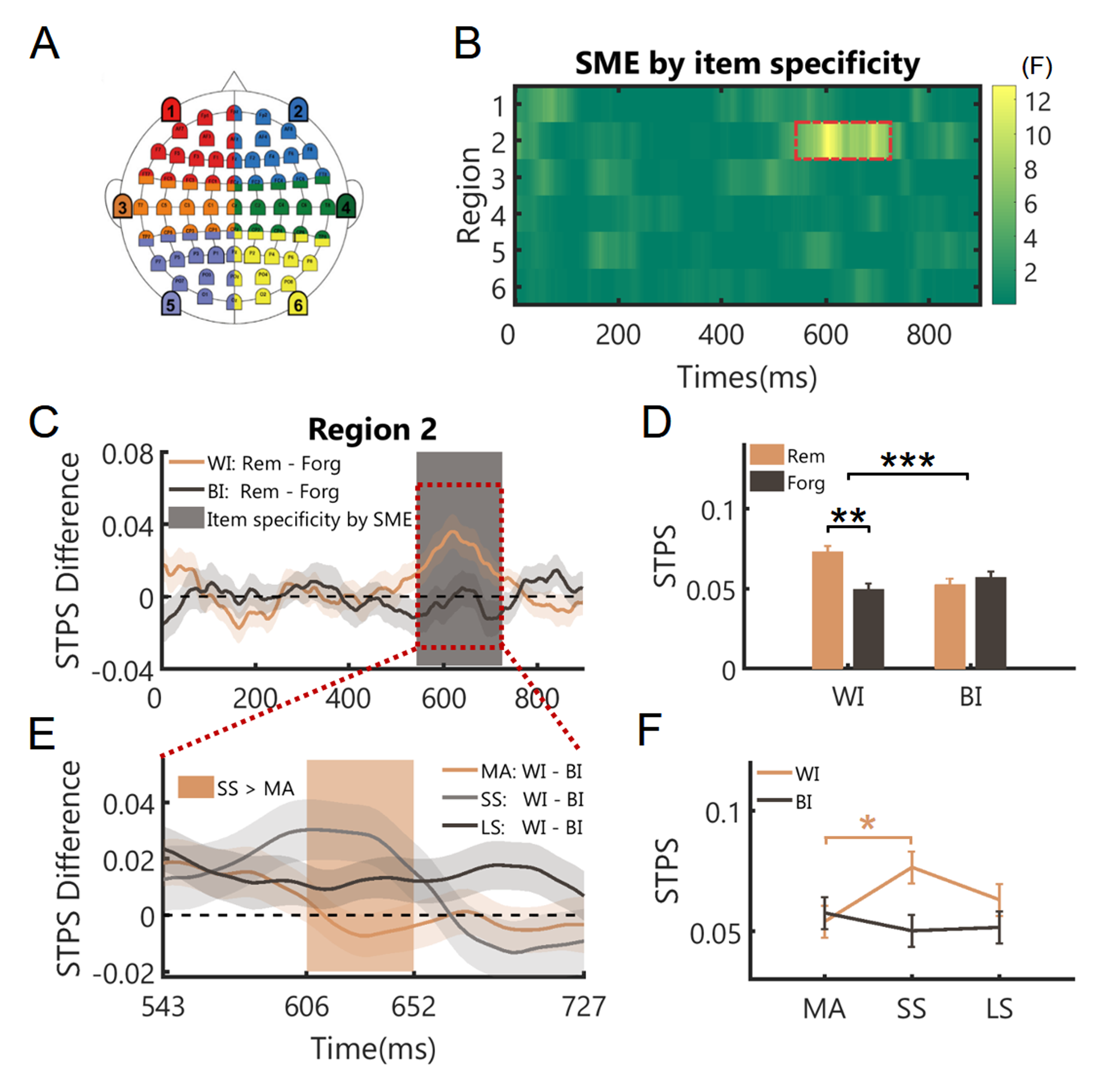One of the most robust and fundamental phenomena in learning and memory is the spacing effect. First demonstrated by Ebbinghaus in the late 1800s. Compared with restudying the material in immediate succession (i.e., massed learning), interleaving repetitions (i.e., spaced learning) benefits memory more. Although many cognitive theories and computational models have been proposed to account for the spacing effect, whether and how the neural representations contribute to it remain unknown. Previous studies in Gui Xue's lab have demonstrated that spacing could enhance memory performance and reduce neural repetition suppression, which suggests that spacing improves memory by enhancing the processing strength (Xue et al., 2011; Zhao et al., 2015). However, it remains unclear whether and how this increased processing strength modulates the neural representation and pattern reinstatement to affect memory.


Paper link:
Kanyin Feng, Xiao Zhao, Jing Liu, Ying Cai, Zhifang Ye, Chuansheng Chen, Gui Xue (2019) Spaced learning enhances episodic memory by increasing neural pattern similarity across repetitions Journal of Neuroscience, DOI: 10.1523/JNEUROSCI.2741-18.2019
http://www.jneurosci.org/content/early/2019/04/29/JNEUROSCI.2741-18.2019
Related papers:
Xue G (2018) The Neural Representations Underlying Human Episodic Memory. Trends Cogn Sci 22:544-561.
Xue G, Dong Q, Chen C, Lu Z, Mumford JA, Poldrack RA (2010) Greater neural pattern similarity across repetitions is associated with better memory. Science 330:97-101.
Xue G, Mei L, Chen C, Lu ZL, Poldrack RA, Dong Q. 2011. Spaced learning enhances subsequent recognition memory by reducing neural repetition suppression. Journal of Cognitive Neuroscience. 23(7): 1624-33.
Zhao X, Wang C, Liu Q, Xiao X, Jiang T, Chen C, Xue G. 2015. Neural mechanisms of the spacing effect in episodic memory: A parallel EEG and fMRI study. Cortex, 69, 76–92.
Lu Y, Wang C, Chen C, Xue G (2015) Spatiotemporal neural pattern similarity supports episodic memory. Current Biology 25:780-785.
